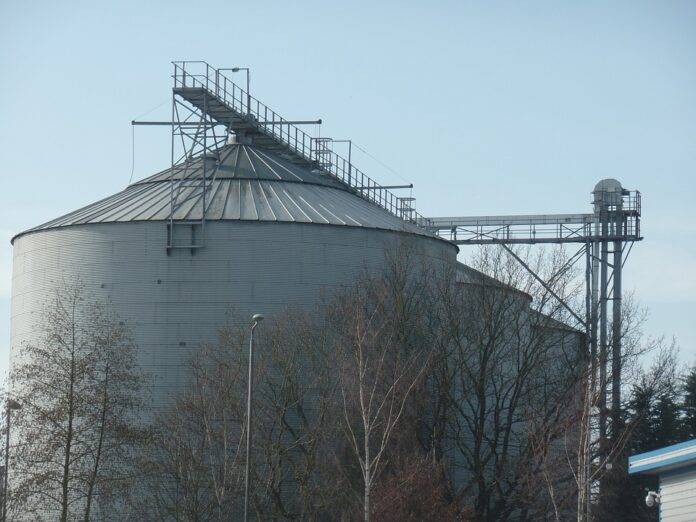Introduction
Grain dryers play a crucial role in the preservation of grain quality and the reduction of post-harvest losses in the agricultural industry. By efficiently removing moisture from freshly harvested grains, these machines help prevent mold growth, insect infestations, and bacterial contamination, which can all lead to spoilage and decreased market value. In this report, we will explore the importance of grain dryers, their impact on preserving quality, and how they contribute to reducing post-harvest losses.
Benefits of Grain Dryers
Preservation of Quality
One of the primary benefits of using grain dryers is the preservation of grain quality. By drying grains to the optimal moisture content level, typically between 13% to 15%, farmers can ensure that their crops remain in good condition during storage and transportation. Moisture content above this level can lead to the growth of mold and fungi, which can produce harmful mycotoxins that pose health risks to humans and animals. Additionally, high moisture levels can cause grains to spoil more quickly, resulting in losses for farmers.
Reduction of Post-Harvest Losses
Grain dryers also play a vital role in reducing post-harvest losses by preventing spoilage and preserving the nutritional value of grains. When grains are not properly dried before storage, they are more susceptible to insect infestations, which can quickly spread and cause widespread damage. By using grain dryers, farmers can eliminate excess moisture that attracts pests and ensure that their crops remain safe and marketable for longer periods.
Types of Grain Dryers
Batch Dryers
Batch dryers are a common type of grain dryer that operates by drying a specific amount of grain at a time. These dryers are suitable for smaller operations and offer flexibility in terms of drying different grain types and quantities. However, batch dryers can be more labor-intensive and time-consuming compared to continuous flow dryers.
Continuous Flow Dryers
Continuous flow dryers are designed to dry large quantities of grain continuously, making them ideal for commercial-scale operations. These dryers use a conveyor system to move grains through a heated airflow, allowing for efficient and uniform drying. While continuous flow dryers require a larger initial investment, they offer higher drying capacities and faster processing times.
Industry Insights
Financial Data
According to a report by Market Research Future, the global grain dryer market is expected to grow at a CAGR of 3.1% from 2021 to 2028. This growth is driven by increasing demand for efficient post-harvest management solutions and the adoption of advanced drying technologies in the agricultural sector. The market is also influenced by factors such as government support for modernizing grain storage facilities and the need to reduce food waste.
Key Players
Some of the leading companies in the grain dryer industry include GSI, Sukup Manufacturing Co., and Mathews Company. These companies offer a wide range of grain drying solutions, from small batch dryers for individual farmers to large continuous flow dryers for commercial grain processors. By investing in research and development, these companies continue to innovate and improve the efficiency and effectiveness of grain drying technologies.
Conclusion
In conclusion, grain dryers play a critical role in preserving the quality of grains and reducing post-harvest losses in the agricultural industry. By investing in modern drying technologies and practices, farmers can ensure that their crops remain safe, marketable, and nutritious for consumers. As the demand for efficient post-harvest management solutions continues to grow, the grain dryer market is expected to expand, providing opportunities for innovation and growth in the agricultural sector.




